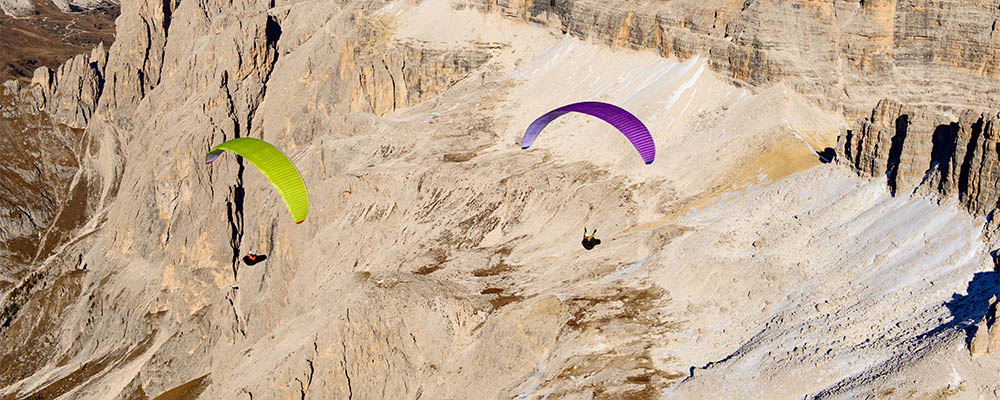
30 tips for successful cross-country flying
#30: Effective active flying
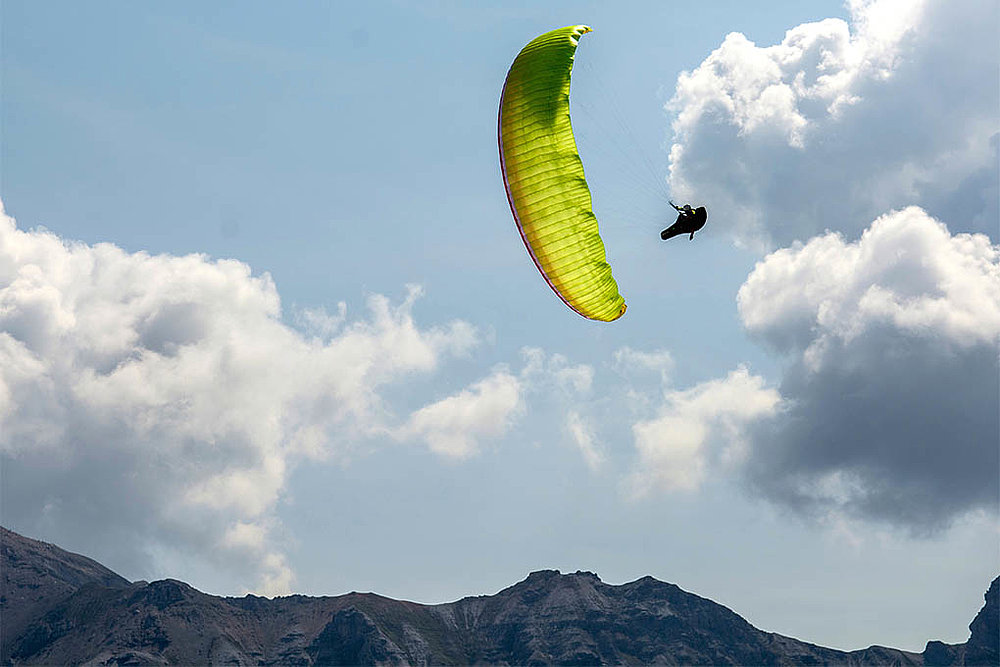
A paraglider has the best performance when it is flying straight without any input. Any roll, pitch and yaw movement negatively affect performance. Also, the safest position of the wing is directly above the pilot. However, since the air moves in three dimensions and the airflow velocity varies all the time, the pilot must fly actively. This means: using the brakes, the speed-bar, the rear risers or systems such as the Speed Brake Riser in such a way that the glider remains over the pilot without much unnecessary movement.
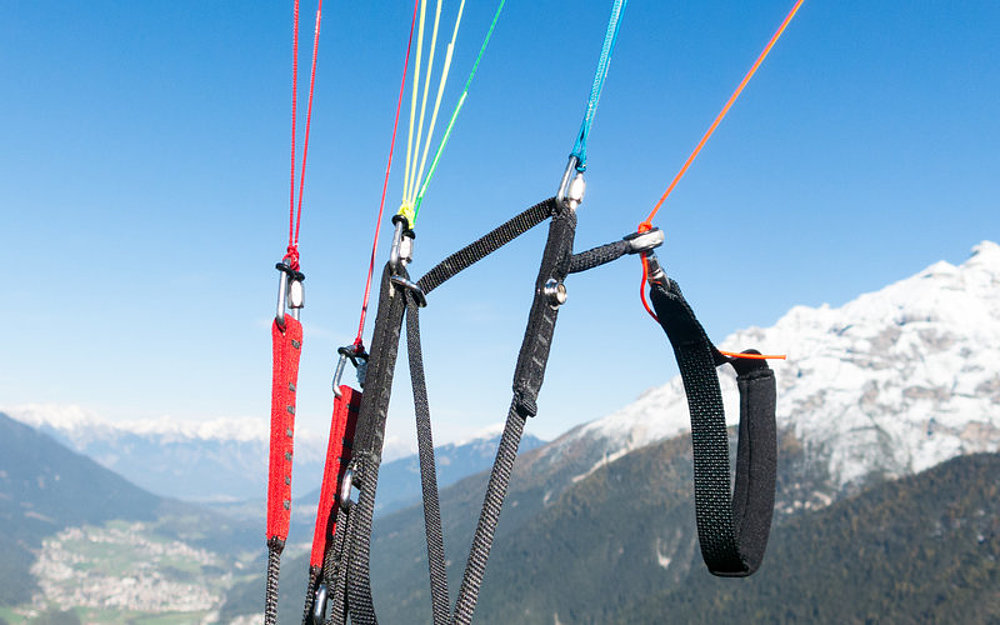
From day one of instruction, a pilot is familiar with the brakes. They are the most important and most effective type of pilot input. But not always the best … When the brakes are pulled, only the trailing edge is affected and the profile is creased. Drag increases. The situation is similar with three- and even more so four-liners, when corrections are made with the aid of the rear risers. This also causes a performance limiting crease in the profile. The specially added C-handles on some three-liners don‘t change this either. Systems like the NOVA Speed Brake Riser (SBR) make more aerodynamic sense.
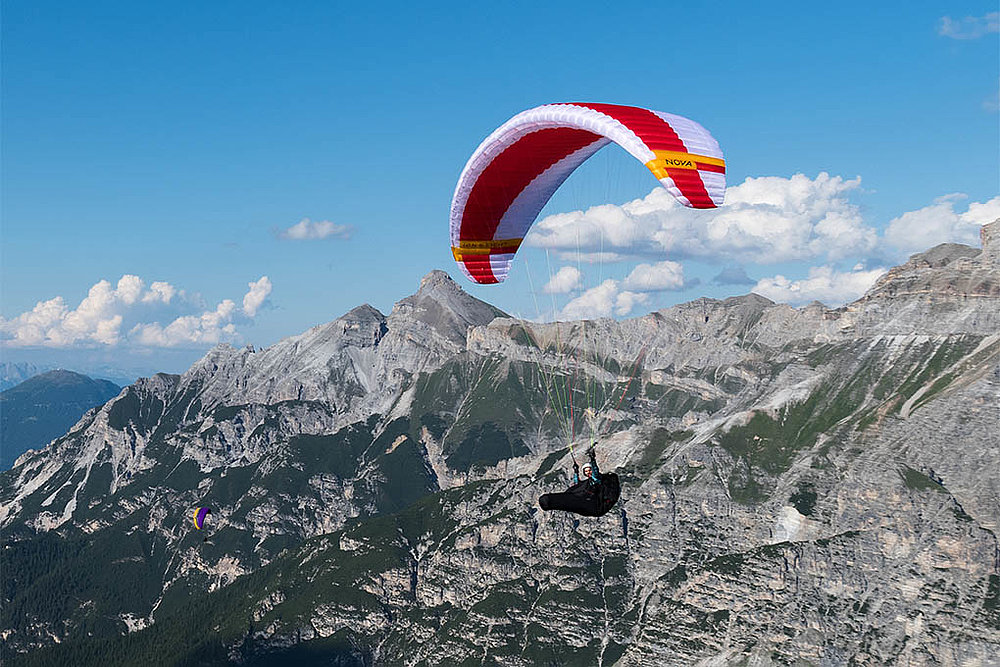
It is designed to compensate for pitch or roll movements in accelerated flight by shortening not only the C-area, but using a pulley, also the B-area. This results in a change in the angle of attack over the whole profile. Even more useful are angle of attack corrections via the speed-bar. It is an elegant and highly effective way to reduce pitch movements. This type of active flying doesn’t work equally well on all gliders. There are wings that initially dive before accelerating when the speedbar is applied quickly. However, the with the current versions of the ION, PHANTOM, MENTOR and SECTOR this works really well. What is certain is that the SBR or speed-bar are aerodynamically more favourable than inputs via the brakes. You have to learn and practise these techniques – and be happy with them. Within the NOVA Pilots Team there are some real Speed Brake Riser fans as well as speed-bar aficionados. My advice: work out what technique works best for you.
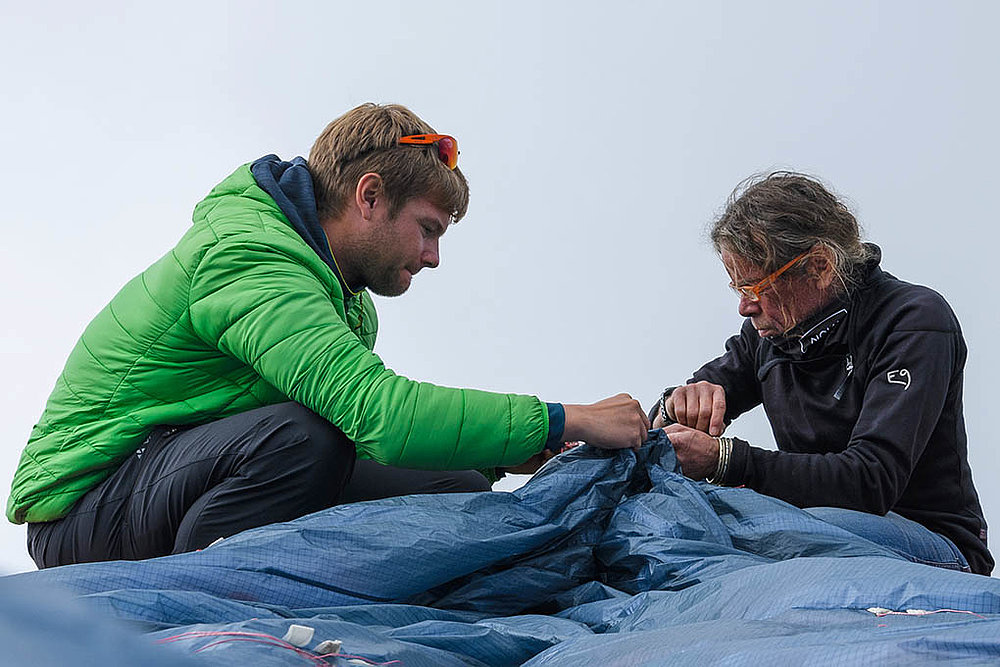
This was the last tip in our series and we hope you enjoyed it and that you were able to take something away from it. What we would like to say in conclusion:
The great thing about cross-country flying is that you never stop learning. Even the most experienced mile-eaters will tell you that they learn something on every flight. So with these 30 “best“ tips we hope to encourage you to continue to enjoy learning and paragliding in general. We wish you a lot of success and enjoyment – happy landings!
You can read the 30 tips and many many more interesting articles in our AIRTIME magazine and here you can find only the XC tips summarized in one file (status: January 2020).